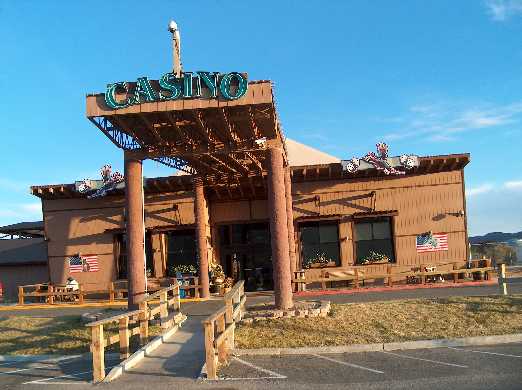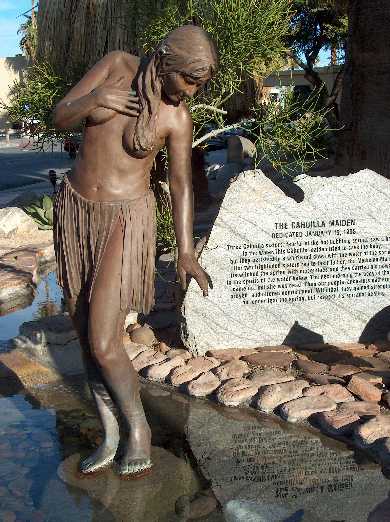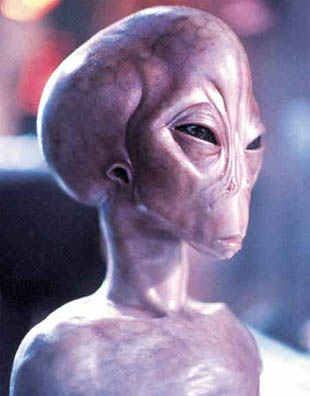

Posted on 08/17/2005 11:43:12 AM PDT by Between the Lines
1491: New Revelations Of The Americas Before Columbus
By Charles C. Mann. Knopf. 480 pages. $30.
Charles C. Mann's engagingly written, utterly absorbing "1491" tells us what scientists have recently learned about the American civilizations that vanished with the arrival of Columbus. Most of what we were taught about them may be wrong.
For example, I thought of North America before Columbus as sparsely settled by people who had little impact on their environment: a place with great herds of buffalo like the ones that rumble through movies like "Dances With Wolves," where migrating flocks of passenger pigeons darkened the skies for days, and where there were vast stands of ancient trees -- Longfellow's "forest primeval." An Edenic land of unimaginable abundance -- until the white settlers slaughtered the buffalo, hunted the passenger pigeon to extinction and felled the forests.
But what we think of as environmental abundance may have been the product of environmental catastrophe, the loss of a key element in the pre-Columbian ecosystem: human beings. When the Europeans arrived, they brought diseases that radically reduced the Indian population. With fewer people hunting for food and clearing the land, animal and plant life ran riot.
Mann tells us that some scientists think the buffalo and passenger pigeon populations didn't explode until after Europeans arrived. Even the "primeval" forest may have been a latecomer.
The Indians, we now know, used fire to clear the wilderness and make it easier to hunt game. Because the European settlers "did not burn the land with the same skill and frequency as its previous occupants, the forests grew thicker," Mann writes. "The product of demographic calamity, the newly created wilderness was indeed beautiful. But it was built on Indian graves and every bit as much a ruin as the temples of the Maya."
We don't know how many people died from the diseases the Europeans brought; one very controversial estimate puts the death rate as high as 95 percent. Mann points to evidence that in coastal New England, an epidemic -- "probably of viral hepatitis" -- that began in 1616 killed perhaps 90 percent of the population; a smallpox epidemic in 1633 eliminated from a third to a half of the survivors.
Whatever its true extent, the calamity that befell the pre-Columbian Americans makes reconstructing the world they lived in so hard that controversy dogs almost every assertion about it.
How long, for example, have humans inhabited the Americas? Did they arrive about 12,000 years ago, as scientific consensus once held? Or did they come as early as 30,000 years ago, as some archaeologists and scientists now think?
"Given that the Ice Age made Europe north of the Loire Valley uninhabitable until some eighteen thousand years ago," Mann comments, this would mean that "people were thriving from Alaska to Chile while much of northern Europe was still empty of mankind and its works."
What was the population of the Americas just before the arrival of Columbus' ships? Could these continents have held, as some assert, as many as 112 million people? If so, Mann observes, "when Columbus sailed more people lived in the Americas than in Europe."
In some respects, this lost world put the culture that Europeans prided themselves on to shame.
The Olmec and the Maya, Mann writes, "were world pioneers in mathematics and astronomy" -- the Olmec had a more accurate 365-day calendar than their European contemporaries, and the Maya invented the zero at least 12 centuries before it appeared in Europe.
Before disease ravaged the Indians, the Europeans were astonished at how handsome and healthy the people they encountered were. One reason was diet, the result of the agricultural wizardry of the Americans: "One writer has estimated that Indians developed three-fifths of the crops now in cultivation, most of them in Mesoamerica," Mann writes.
And the development of maize, for which no wild ancestor has ever been found, has been called by geneticist Nina Federoff "arguably man's first, and perhaps his greatest, feat of genetic engineering."
You got that wrong. The left hates the new view of precolumbian populations that erases the remantic view of the Indian as noble savage. This new research should be welcomed by conservatives. It is no way friendly to the thinking of Ward Churchill and his ilk.


I'm not sure of that angle, but it wouldn't suprise me in the least. Perhaps the Europeans had more resistance than the Indian's, who were unable to fight even basic european diseases that people had built up a resistance to over the centuries. IOW, something that would sicken a european for a week or two would kill them in days.
First I have ever heard of the Navajo practicing cannibalism. It doesn't fit with their taboos about dead bodies.
"However, their lack of technology did not prevent them warring among themselves, practicing genocide (Iroquois, Mahegan), slavery (Choctaws, Chickasaws) and cannibalism (Navajo, Anasazi)."
Keep in mind the indians killed and ate all the horses in the country as well. Horses were not found here until brought back by the Spanish.
Sorry, but you need to do some serious reading. There have been many previous threads on this subject right here on FR. Your thinking is twisted.
"The "success" of disease and famine in wiping out the majority natives is probably because there weren't that many of them, rather than large numbers being wiped out."
It was European population densities that led to the dark ages. The upside of the dark ages is that Europeans became more resilient to disease.
Native Americans (poor naming since they were not native any more than the Europeans, they just arrived sooner) had such a low population density that disease could not thrive, and therefore, immunities could not be developed as broadly.
PS: Where did the Aztec's go? Disease? Did a white man visit them?
That's because undocumented aliens from another solar system infiltrated Olmec and Maya society and taught them complex mathematics.
Well, they did invent the loin cloth....
I would think that 30,00 years ago is probably correct and I suspect they arrived by boat, not over the land link between siberia and Alaska. Siberians probably new about it for many generations before that, but the first large migration probably was about that time.
The lack of Indian artifacts over large areas of the US is striking and I think it points to a North
American population of about 7 to 12 million. The figure of 112 million could not possibly be close as agricultural yields were perhaps 1/30th of today's yield.
I suspect that Vikings were here, as the distance from Greenland, about 200 miles is nothing to a sailor with a good boat.
And we do know the ancestor of corn, it is a grass that grows in Mexico. We know where it grows and there is lots of it.
Yeah. Ever hear of Cortez?
Like it or not, a lot of awful things did go on and are documented.
to you, bub.
Was he white?

As white as you could expect a Spaniard to be... ;>)
Oops.. I think I was thinking Mayan.. not Aztec.
I was wondering how Diamond's theory worked on North America. If there were tons of healthy people with cultivated land and buffalo to eat, why were they so far behind the Europeans?
You answered your own question: "There are many stories..."
You might also be thinking about the Toltec. They died out about three centuries before the rise of the Aztec empire.
Actually it is probably wrong to say that the Toltecs died out. They probably did no such thing. What is more likely is that their civilizaton went into a decline as has happened to civilizations all over the world. Their people went on, but not at their previous level of development.
Disclaimer: Opinions posted on Free Republic are those of the individual posters and do not necessarily represent the opinion of Free Republic or its management. All materials posted herein are protected by copyright law and the exemption for fair use of copyrighted works.